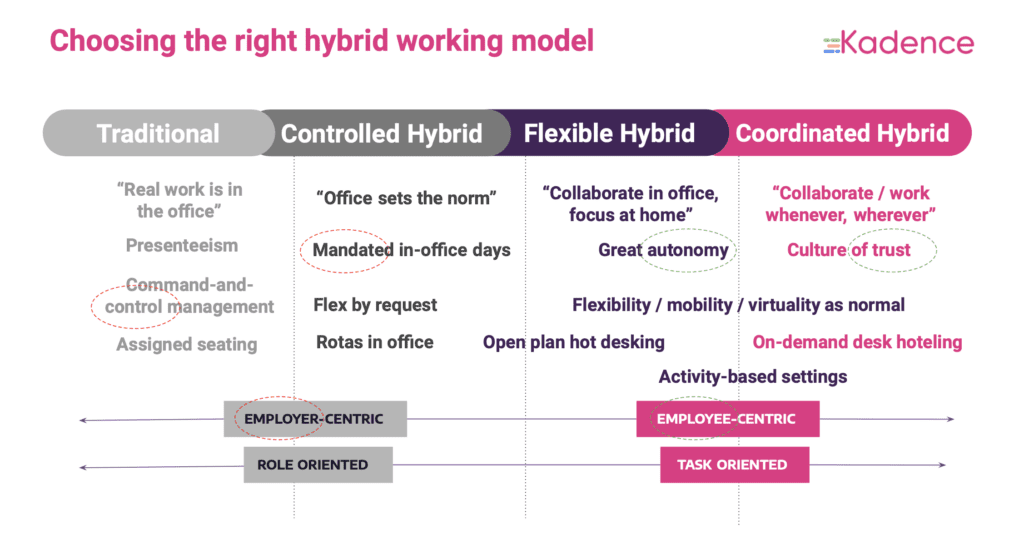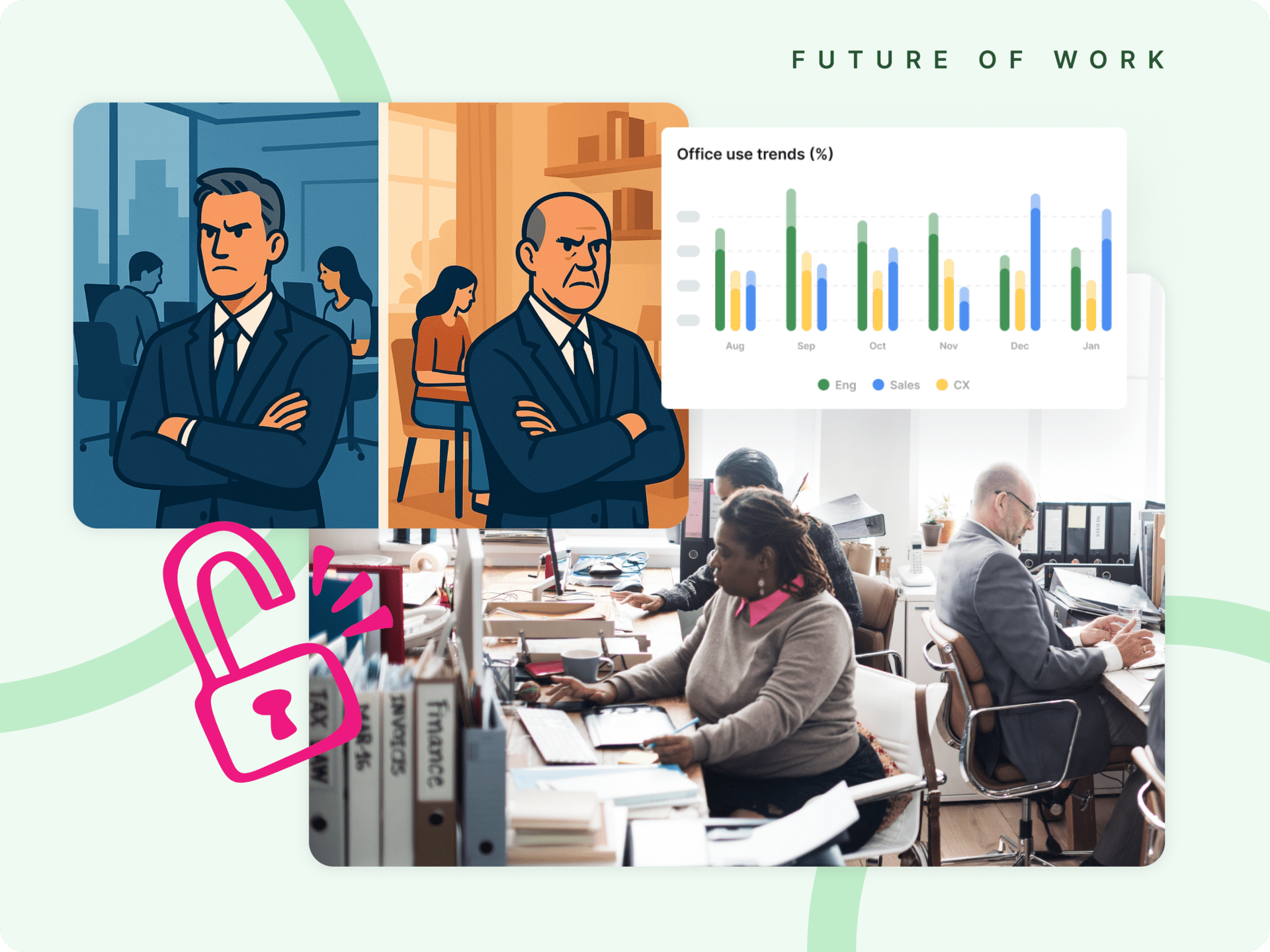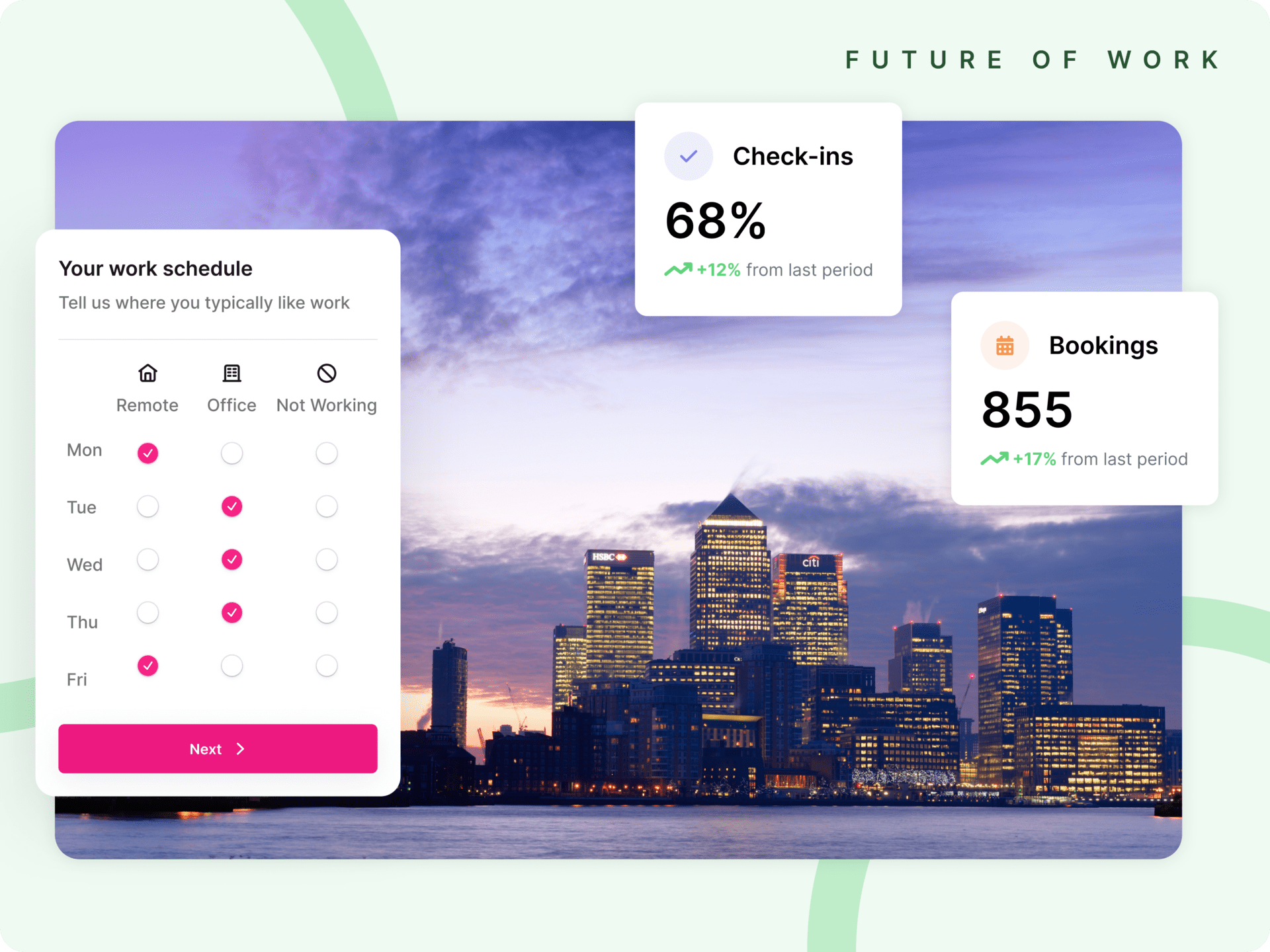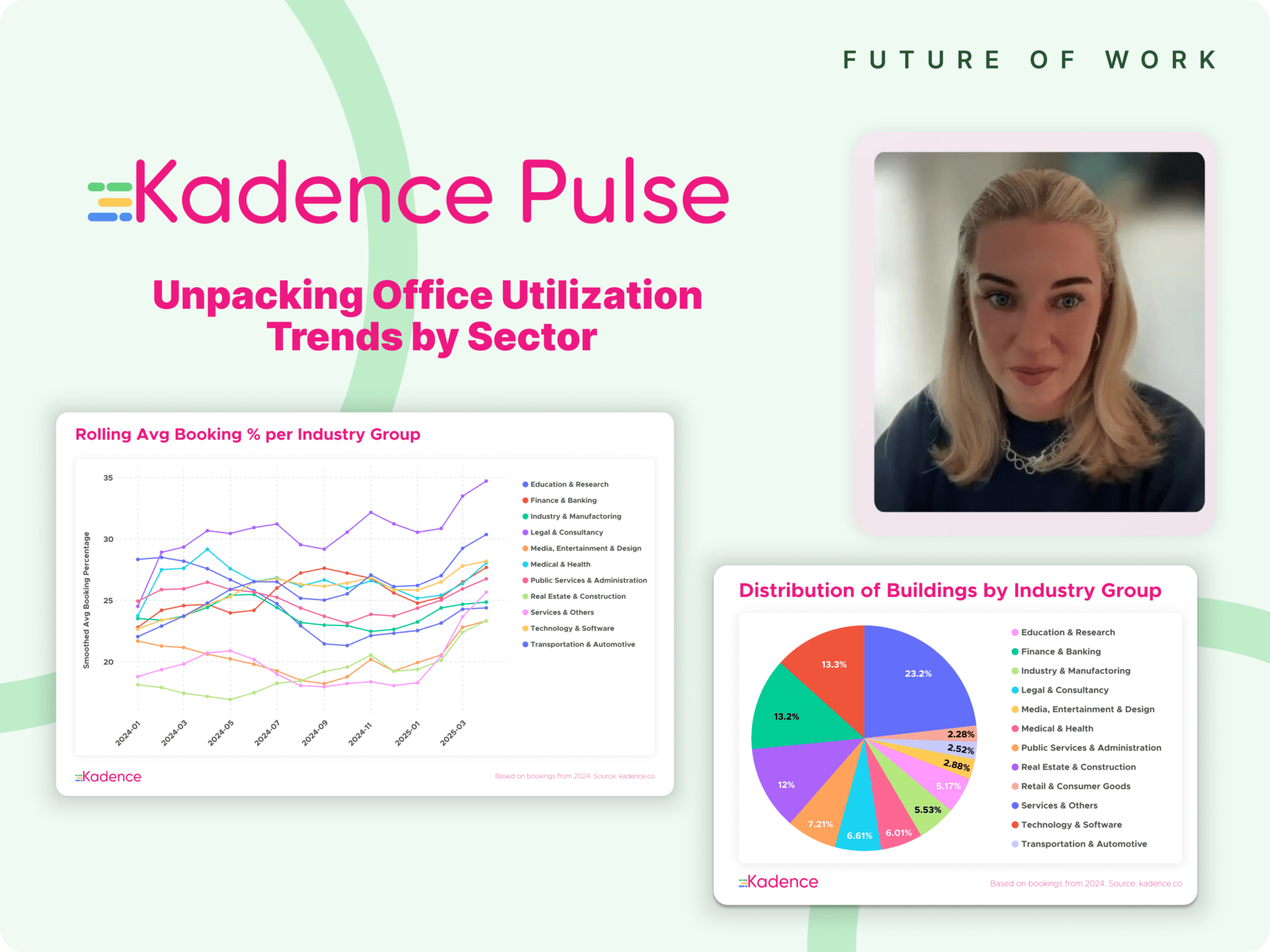Brian Elliott’s recent piece, The Great Office Divide, shines a spotlight on a truth too many leaders are still ignoring: the return to the office isn’t happening the way they imagined. Instead of a mass migration back to the 9–5 grind, we’re seeing an ever-widening gap between organizations that are rethinking work—and those still waiting for 2019 to return.
At Kadence, we’ve seen this divide up close. And the challenge isn’t about where people work. It’s about how organizations align purpose, performance, and presence. As Brian notes, many executives are still building policy based on what works for them, not what drives outcomes for everyone. The result? A growing divide between those who are visible—and those who are not.

This isn’t just anecdotal. Microsoft’s Work Trend Index revealed that while 87% of employees believe they are productive at work, 85% of leaders struggle to trust that productivity is happening. That’s not a difference in reality—it’s a crisis in trust.
Let’s build on Brian’s observations with four strategic shifts leaders must make if they want to move from policy paralysis to performance alignment:
1. The Great Office Divide Isn’t About Where We Work—It’s About Why
Brian’s interviews with workplace leaders reveal a core issue: many offices are underused not because people don’t want to connect—but because there’s no compelling reason to make the trip. As he puts it, a commute must “earn the trip.” And right now, most don’t.
Gallup found that employees who understand the purpose of their work are 3.6 times more likely to be engaged. Dropbox understood this. Their “Virtual First” model transformed their offices into intentional collaboration spaces, not default destinations.
When companies clarify the purpose of their space—whether for onboarding, ideation, or deep team sprints—employees show up for the moments that matter. But when space is tied to optics over outcomes, it becomes irrelevant fast.
2. Designing Hybrid for the Many, Not the Few
Brian’s research shows nearly half of workplace leaders are stuck in real estate limbo. At the same time, Future Forum data shows non-executives are almost twice as likely to demand location flexibility compared to execs. McKinsey confirms that 40% of employees would consider quitting if flexibility were taken away.
And this isn’t just theory. Prialto’s 2024 Executive Productivity Report shows a leap in remote execs—from 9% in 2022 to 47% in 2023.
Atlassian took a different path. Under its “Team Anywhere” policy, employees can live and work from anywhere—and the company redesigned its offices as social connection hubs, not cubicle farms. Their new Melbourne office has just 12 desks and no meeting rooms—because collaboration, not presenteeism, drives culture.
3. The Office Divide Is an Equity Issue—Not Just a Culture One
Stanford’s Nick Bloom found remote workers were 50% less likely to be promoted—even when just as effective. And Culture Amp shows remote employees often report higher engagement and collaboration than their in-office peers.
Visibility is not the same as value. And with office mandates failing to deliver higher attendance (as Brian notes, even Occuspace finds mandates don’t outperform flex policies), organizations must redesign for inclusion. That means async collaboration, equitable performance reviews, and hybrid-native rituals.
This divide has real consequences. Caregivers, disabled employees, and those living farther from city centers often lose out when in-person presence becomes a proxy for contribution. And as Brian notes, even the harshest mandates aren’t solving the problem. Occuspace data shows that firms with five-day mandates have attendance rates nearly identical to flexible workplaces.
To close this gap, companies must design for digital parity. That means asynchronous workflows, equal visibility in hybrid meetings, and performance reviews based on impact—not time in the building.
4. The Great Office Divide Is a Strategy Problem—Not a Location One
Kastle Systems reports office occupancy still lingers around 54% of pre-COVID norms. ActivTrak shows remote workers are 35–40% more productive. And hybrid work reduces attrition by 33%, per Stanford.
The forward-thinkers—Airbnb, Allstate, Zillow—aren’t forcing returns. They’re repurposing savings from downsizing and reinvesting in moments that matter. At Kadence, we call this strategic coordination. And it’s how modern teams win.

The companies making real progress aren’t clinging to old models. They’re reallocating real estate savings into team connection, space redesign, and leadership enablement. Allstate, for instance, slashed its office spending from $382M to $138M and now partners with coworking providers to give employees access to spaces that fit their needs.
At Kadence, we call this “strategic coordination”—aligning your people, spaces, and schedules around the moments that matter most. Whether it’s a team kickoff, an onboarding sprint, or an innovation jam, hybrid work works best when it’s intentionally designed.

The Bottom Line
Brian’s piece exposes a painful truth: too many leaders are waiting for the old playbook to come back. But it’s not coming. The world has moved on.
Hybrid work isn’t a stopgap. It’s a strategic lever. And if leaders want to close the divide between visibility and value, between policy and purpose, they need to stop managing space—and start enabling performance.
If you’re ready to turn insight into action, book a demo with one of our hybrid work experts at Kadence. We’ll help you redesign work around the moments that matter—so you can close the divide and unlock the full potential of your people.





